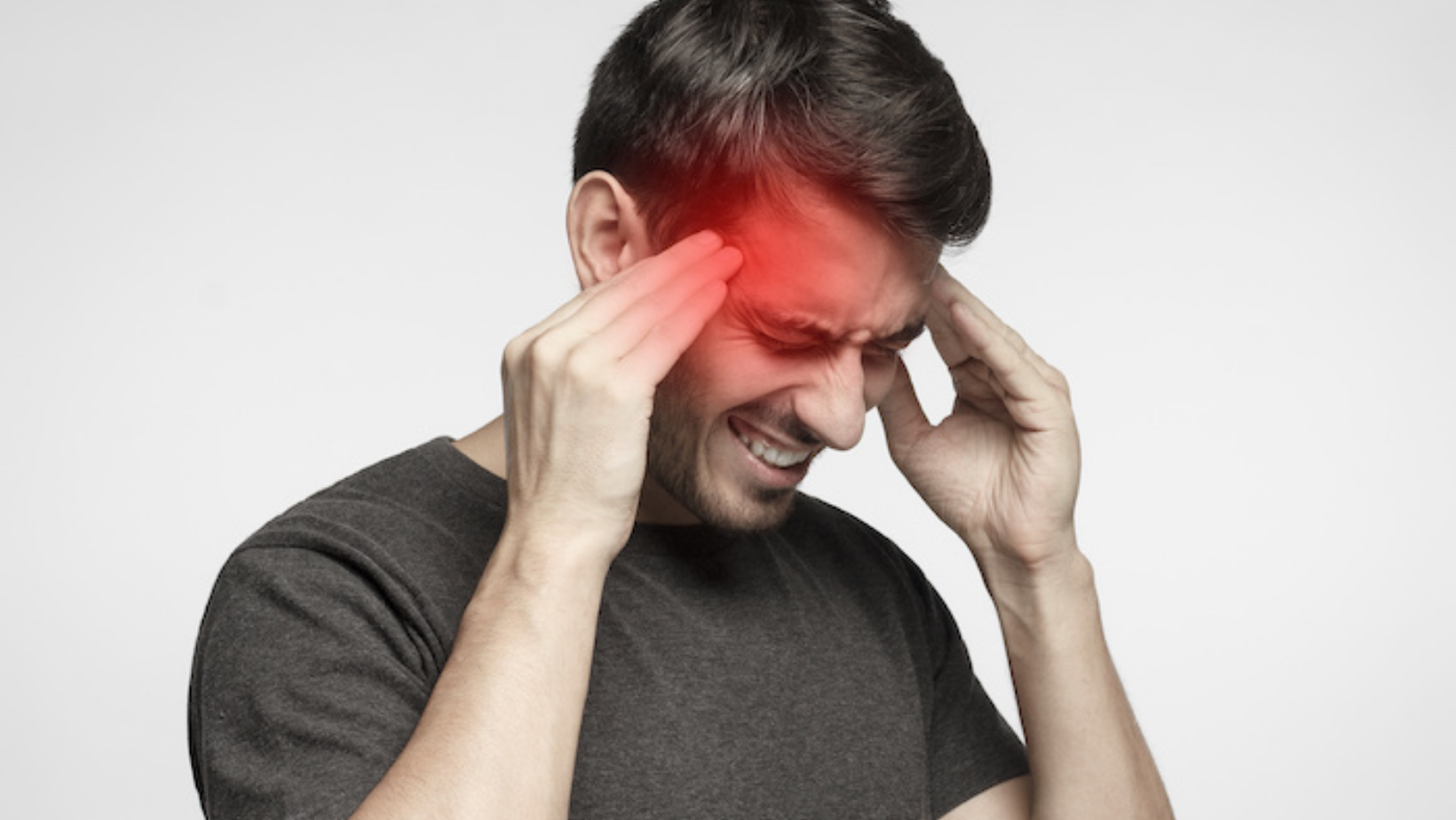Category
Headaches are a prevalent ailment experienced by people of all ages, often impacting daily life and productivity.

Have any questions?
If you have any questions, feel free to contact us at [email protected]. A member of our support team will help you shortly.
Share this blog
Fatigue
Energy
Stress
Sleep
Headaches are a prevalent ailment experienced by people of all ages, often impacting daily life and productivity. Understanding the different types of headaches, identifying potential causes, and adopting effective relief strategies are essential for managing this common health concern.
Tension headaches are the most common type and are often characterized by a dull, constant pain that can affect both sides of the head. They are often associated with stress, poor posture, or muscle tension.
Migraines are intense, throbbing headaches that nausea, sensitivity to light and sound, and visual disturbances can accompany. They are often genetic and may be triggered by certain foods, hormonal changes, or environmental stimuli.
Cluster headaches are severe, recurring headaches that occur in clusters or patterns. They typically cause intense pain on one side of the head and are often accompanied by symptoms like nasal congestion, tearing, or facial sweating.
Sinus headaches are associated with sinus infections or inflammation. They often present with a deep, constant pain in the forehead, cheekbones, or nose bridge.
Cervicogenic headaches originate from issues in the neck or cervical spine. Poor posture, injuries, or underlying neck conditions can contribute to this headache.
Emotional stress and muscle tension, especially in the neck and shoulders, can contribute to tension headaches.
Inadequate fluid intake can lead to dehydration, a common trigger for headaches.
Hormonal fluctuations, such as those occurring during menstruation, pregnancy, or menopause, can trigger migraines in some individuals.
Exposure to certain environmental factors, such as strong odors, loud noises, or bright lights, can trigger headaches in sensitive individuals.
Certain foods and beverages, including chocolate, caffeine, aged cheeses, and processed meats, may trigger headaches in susceptible individuals.
Adequate hydration is crucial for preventing dehydration-related headaches. Aim to drink plenty of water throughout the day.
Practice stress-management techniques, such as deep breathing, meditation, or yoga, to alleviate tension and reduce the frequency of tension headaches.
Establishing a consistent sleep routine can help prevent headaches triggered by changes in sleep patterns.
Maintain good posture, especially if you have a desk job. Ergonomic adjustments, such as proper chair height and monitor placement, can reduce the risk of tension headaches.
Keep a headache diary to identify potential triggers, then work to avoid or manage them. This may include dietary changes or minimizing exposure to environmental stimuli.
Non-prescription pain relievers, such as acetaminophen, ibuprofen, or aspirin, can effectively manage mild to moderate headaches. However, consistent use should be monitored.
For chronic or severe headaches, healthcare professionals may recommend prescription medications, including triptans or preventive medications.
Engage in regular physical activity to promote overall health and reduce the frequency and intensity of headaches. However, avoid vigorous exercise during a headache episode.
Applying a cold or warm compress to the affected area may relieve headaches. Experiment to see which works best for you.
Some individuals find relief through alternative therapies such as acupuncture, chiropractic care, or biofeedback.
Headaches, though common, can significantly impact one's quality
of life. By understanding the types of headaches, recognizing
potential triggers, and adopting effective relief strategies,
individuals can take proactive steps in managing and preventing
headaches.
It's essential to consult with healthcare professionals for
persistent or severe headaches, as they can help identify the
underlying causes and recommend personalized treatment plans.
Whether through lifestyle adjustments, over-the-counter
medications, or prescription interventions, finding the right
approach for managing headaches contributes to overall well-being
and allows individuals to lead more comfortable and productive
lives.